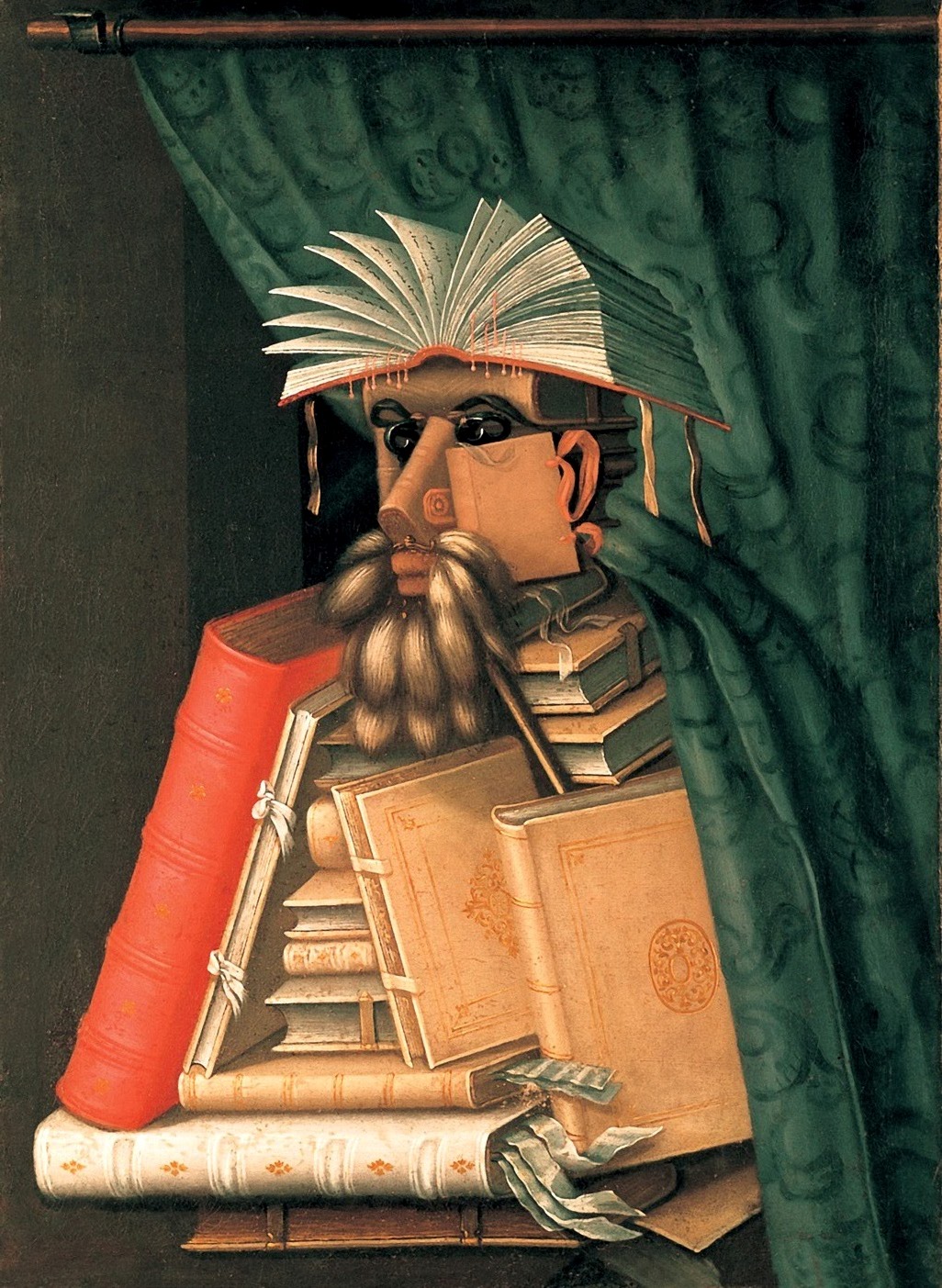At the end of Woody Allen’s film Another Woman (1988), the question is asked: ‘Is a memory something you have or something you’ve lost?’ Though a seeming paradox easily unpicked by logic, this is a pleasing formulation because of its resonance with the idea that a memory may be something that is treasured – a mental keepsake – but also that it is a placemarker for something departed. So, we might think a memory is perhaps what we have left behind or something we’ve lost; except a memory will never have been part of the thing that was lost. A memory might be thought to be more akin to a selective and creative perspective on experience, or an imaginative play on it. It all depends on the metaphor(s) we use for how memory functions and what a memory is.
A memory is not a fragment, not a reflection, not a straightforward re-collection of sensory perception, but it might be thought similar to the play on experience of imagination, which itself toys with information, feeling, and thought to compose something unique in the individual’s mind. Memories are perhaps personal metaphors; and the belief that these private, impressionistic thoughts about the past are the distinctive fingerprints of individuality is used in a film such as Blade Runner (1982), the adaptation of Philip K. Dick’s story ‘Do Androids Dream of Electric Sheep?’, to establish whether someone is a human being – or a replicant with implanted memories harvested from a ‘real’ person.
The play of the mind is perhaps clearest to us in dreaming, just as any prolonged attention to memories could be thought similar to daydreaming – such that we say someone is ‘lost in memories’, as though memory is a place and memories a labyrinth. Though dreams do not lay down strong memories, they do contribute to our mental stockpile and can be confused or combined with memories of waking experience. Memories themselves are also multifaceted, made up of parts, which will themselves be remakings of perceptions, abstract thoughts, more memories and so forth. One theory of the purpose of dreaming is that it works to reconcile new sensations with pre-existing ideas. The dreamer’s mind is testing impressions of new experiences or pieces of information to see where or how they fit with pre-existing ones, creating a medley of odd but vivid speculations as the mind processes the new, the recent, and the familiar. It is, as science writer Rita Carter explains in Consciousness (2002), the ‘freewheeling activation of associations, as new memories and old concepts intermingle and mix, that gives rise to the bizarre kaleidoscope of images and ideas that constitute dreams. The dream puns that Freudian psychoanalysts make so much of are often merely the hooks by which a newly created memory brings an old one to consciousness.’ (170)
Neither dreams nor memories are composed of language but it would be impossible to convey a dream without some system of signs – of symbols and their meanings – and words are the most common means used when trying to convey the content or operation of the mind. Note here the metaphor of the kaleidoscope used in relation to dreams, the suggestion of the mind’s use of play in Freudian dream puns, and also the metaphor of the hooks of memory.
But what are good metaphors for a memory? The history of ideas provides numerous examples, and these have varied over centuries of thought from sealing wax, through books and theatres, to labyrinths and photographic plates, an enchanted loom and the homunculus to the computer. See Douwe Draaisma’s Metaphors of Memory (2000) for a detailed history. Many of these metaphoric sources are recording devices, but all aim at parallelism: they have a literalism in their nonetheless provocative comparisons. They are the kinds of metaphor we live by.
A different kind of metaphor appears in the final Harry Potter novel, Harry Potter and the Deathly Hallows (2007), when Harry is asked to collect a dying man’s memory and play it back later. The memory is in the form of teardrops, and reveals to Harry among other ‘facts’ unknown to him that the dying wizard was in love with Harry’s mother. The premise that memories give access to unalloyed truth is hugely misleading, but the metaphor of teardrops is intriguing. Perhaps we can think of memories in some ways as similar to these salt-and-water secretions from our tearducts: chemical mixtures, created by some impact on our emotions, that seep or pour from us, possibly joyfully, often unhappily, sometimes unexpectedly. Something we lose from ourselves but which leaves traces while they pass away, which reminds us of the Woody Allen quotation with which I began.
From the perspective of the play of memory, perhaps a resonant metaphor for memories is metaphor itself. Like metaphors, we might say there are dead memories, extended memories, mixed memories, and so forth. And, reiterating the theme again of addition and subtraction, metaphors both add and take away from the target for which they stand; sometimes they cannot be explained or recognised, certainly they can be culturally or experientially specific, sometimes they seem clearly to involve imagination.
Brain-imaging studies appear to show that imagination involves both conceptual and sensory processing. Imagination, the ability to form mental images, sensations, and concepts when they are not being perceived by the senses, is not just abstract thought and obviously not just sensation (and there may be debate over which one it resembles more). But clearly imagination plays a role in the creation of memories for most people. By contrast, in Jorge Luis Borges’ story ‘Funes, the Memorius’ (1942) a young boy reveals to the fictionalised author that following a riding accident he has near-perfect memory of everything he has experienced. The boy now seems incapable of abstract thought, of imagination, and is even unable to sleep because of his mind’s constant recall of detail. For most people, the reliability of memory becomes problematic after a few hours or days as it becomes assimilated into a mental landscape (or choose an alternative metaphor here) along with other experiences.
Oddly, we might say that Funes has a poor memory, in the sense that for those without eidetic memories, perfect recall, or hyperthymesia, memories are complex amalgams with comparatively few pretensions to accuracy, as opposed to Funes’s unavoidable verisimilitude. Imagination, along with self-interest, comprehension, focus, time, experience and other factors, plays a role in the common operation of memory – thankfully. To have a selective, playful, imaginative memory is ordinary and fortunate, but to have a comprehensive memory is a problem – there needs to be something lost to have something gained.

